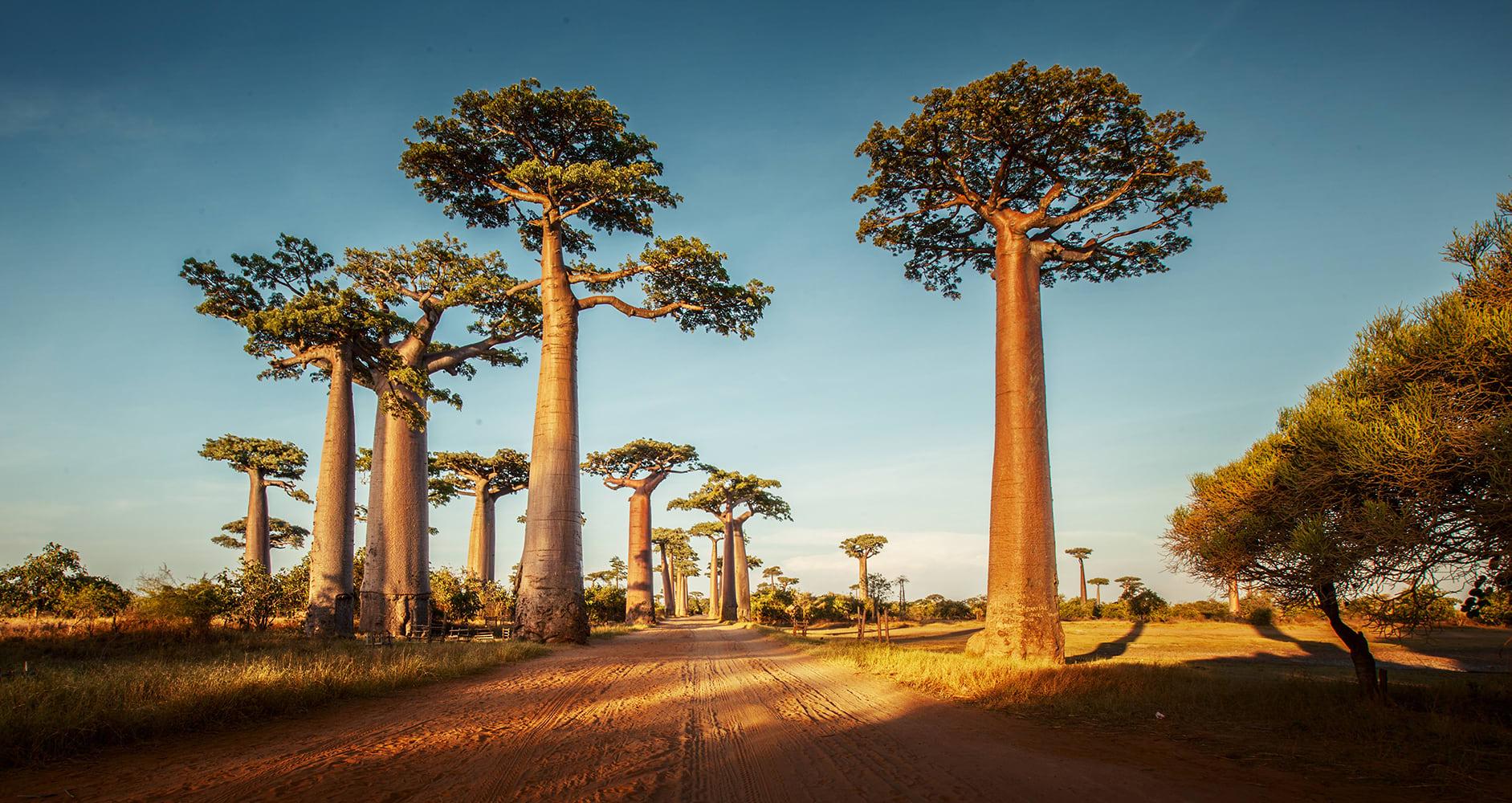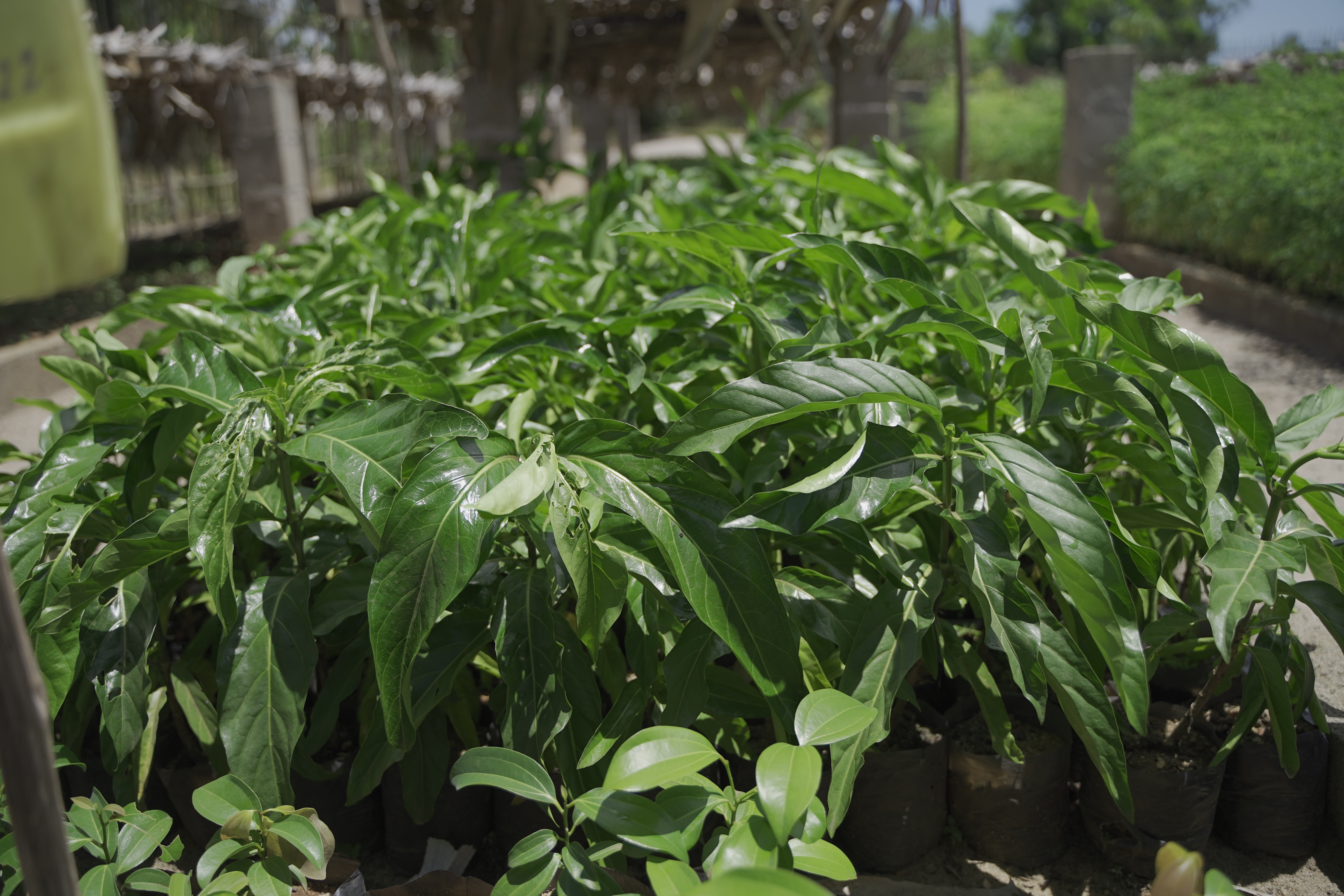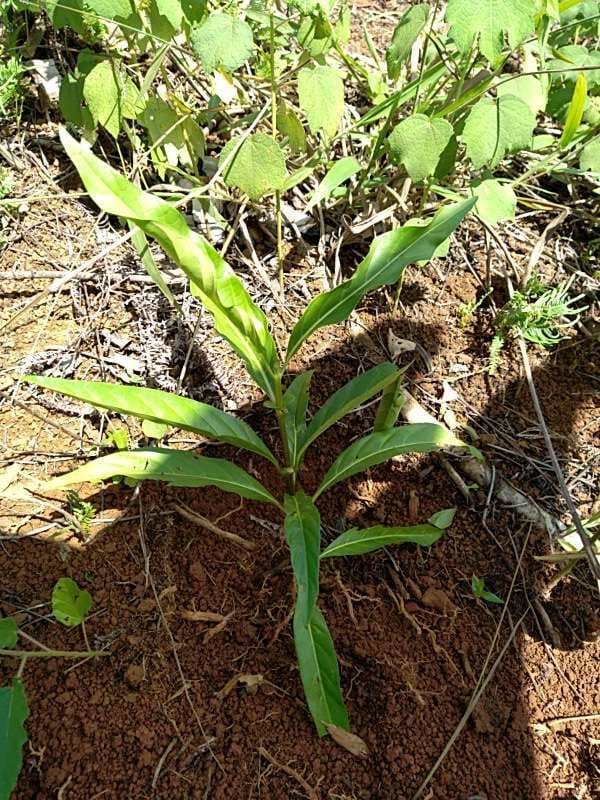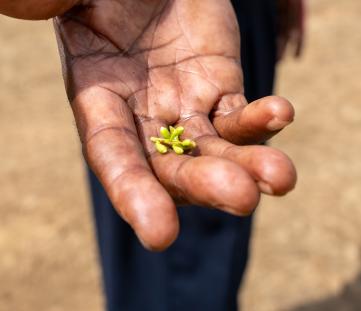ID: 9X9-E87Y
ID: 9X9-E87Y
Noni
Morinda citrifolia
Photo
Madagascar
12:55 - 26°C
My connections
The project I am part of

Madagascar
11,584
Involved farmers
283,636
Planted trees
Known as the eighth continent for its unique biodiversity, Madagascar faces environmental challenges linked to deforestation and slash-and-burn agriculture. Treedom, in collaboration with Tsiryparma, promotes sustainable farming practices and reforestation, involving local communities to protect forests and improve socio-economic conditions.
My ID card
Who am I?
Tree
Noni
Date of birth
11/13/2023
Name
Noni

/49.33725809,-18.12250825,0/500x333@2x?access_token=pk.eyJ1IjoidG9tbWFzb3NwZXJvbmkiLCJhIjoiY2tnOTE3eW12MDJqazMybXNzOWV1YjloOSJ9.wtGsuDU7XIKjcv2cq8CiXw&logo=false&attribution=false)
Where am I located?
Country
Madagascar
Place of birth
Toamasina
Coordinates
18° 7′ 21.03″ S | 49° 20′ 14.13″ E
My Timeline
The important moments in your tree's life.
Seed
It all starts with a tiny seed, nice and warm in the soil.
Nursery
Your seedling is big enough to be welcomed into one of our nurseries, along with many others.
Planted
We’re here! Your tree has reached its new home: it’s been planted by a smallholder, who’ll take care of it for years to come.
Photo
Strike a pose! Now that it’s big enough, here’s a photo of your tree!
My Gallery
Nursery

Planted
/49.33725809,-18.12250825,0/500x333@2x?access_token=pk.eyJ1IjoidG9tbWFzb3NwZXJvbmkiLCJhIjoiY2tnOTE3eW12MDJqazMybXNzOWV1YjloOSJ9.wtGsuDU7XIKjcv2cq8CiXw&logo=false&attribution=false)
49° 20′ 14.13″ E
Photo

Curiosity about me
The important moments in your tree's life.
Let's start with introductions
Noni, also called Indian mulberry, is a tree of modest dimensions, normally attaining 5-6 metres in height. Nevertheless its ovate leaves are quite large (size 20 to 40 cm) and form a very dense canopy. At fruit-bearing time it produces an abundant crop of luscious fruits which look very like mulberries.
Meaning
Sharing
What is apparently a single noni fruit is, in reality, a cluster of small fruits sharing the same space!

How much CO2 I’ll absorb
My estimated CO2 absorption capacity is based on the first 10 years of my life*
Current absorption
- 20 kg
2023
0 kg
2033
-100 kg
* The tree will continue to absorb CO2 even after the tenth year. Therefore this is a prudent estimate.
How I am useful to local communities

Consumption and sales
Its fruits, seeds and/or leaves are used as food in the farmers' families or are sold on local markets.

Medicine
Its leaves, roots, bark and/or fruits are used in traditional medicine.
My benefits
80%
Food Security
The trees will bear fruits, some that will be edible immediately and others that can become edible through processing, ensuring food resources over time.
70%
Economic development
The trees' fruits and the products derived from their transformation can be traded in local networks, offering income opportunities.
30%
CO₂ Absorption
During its life cycle, each tree will absorb CO₂. The trees you plant can offset your emissions.
40%
Environmental protection
The trees are planted in agroforestry systems that favor the virtuous interaction between the different species and their positive impact on the environment and on the land.